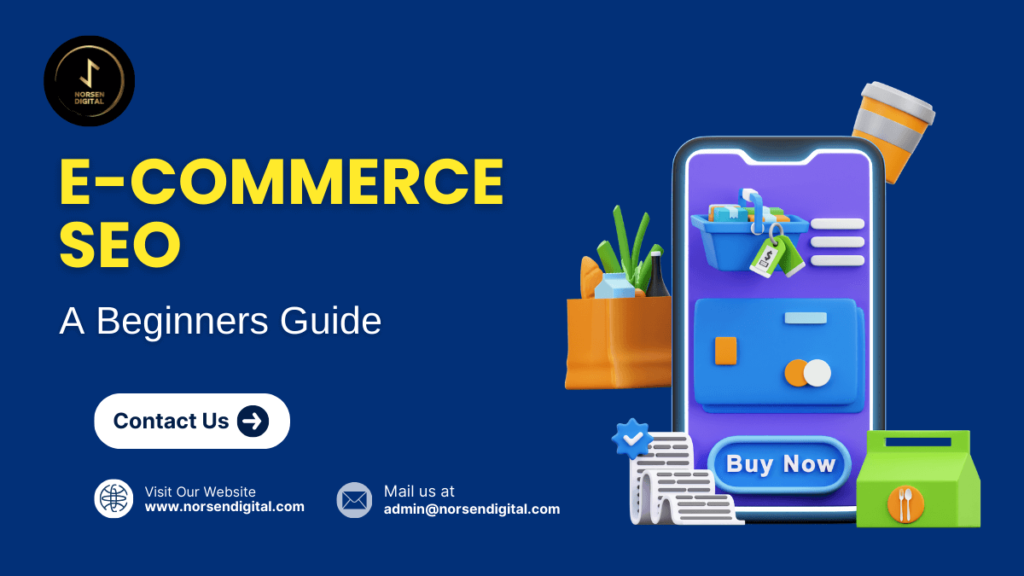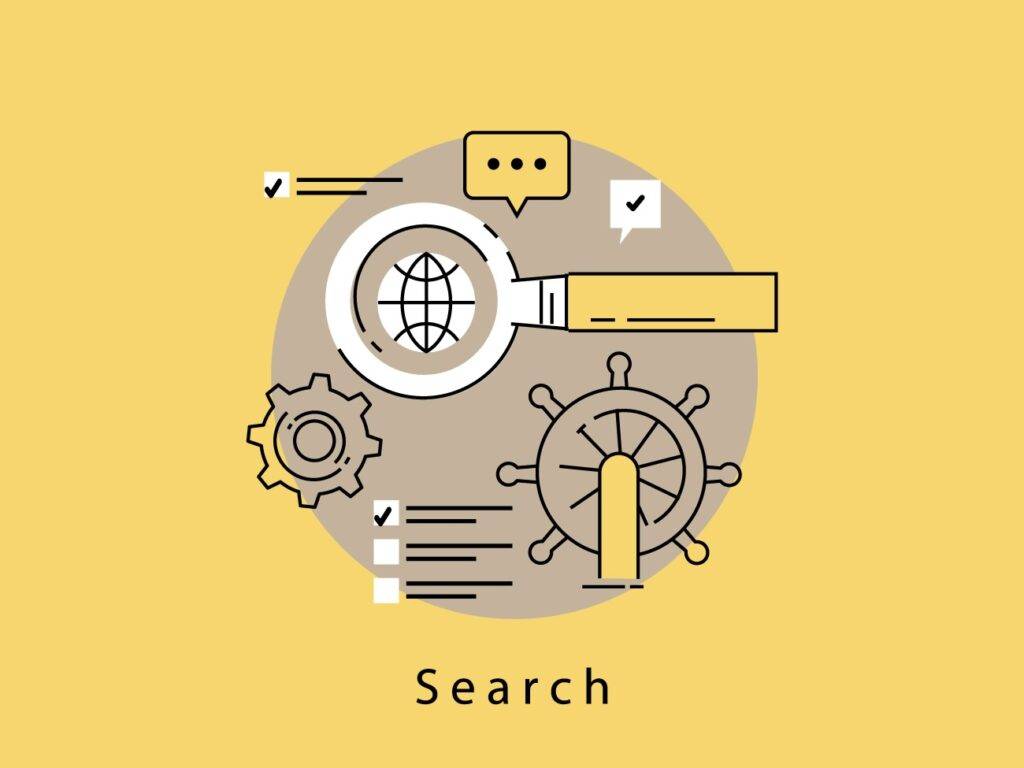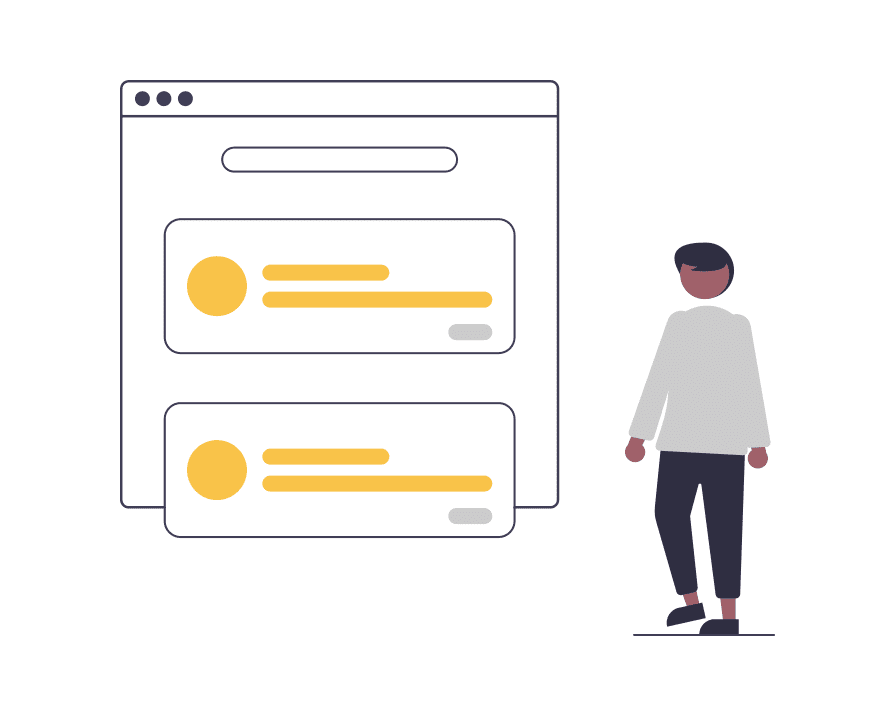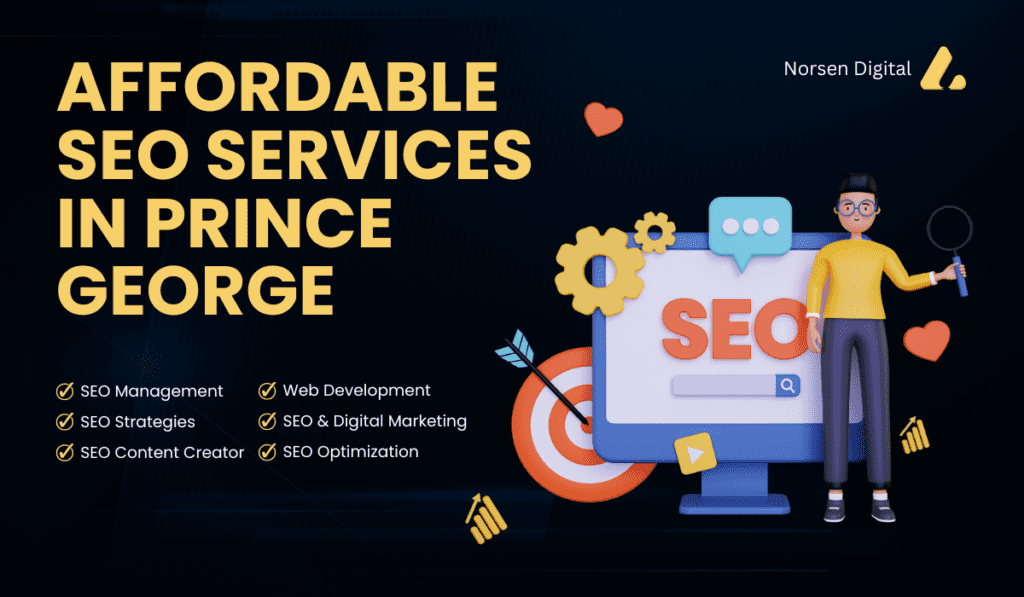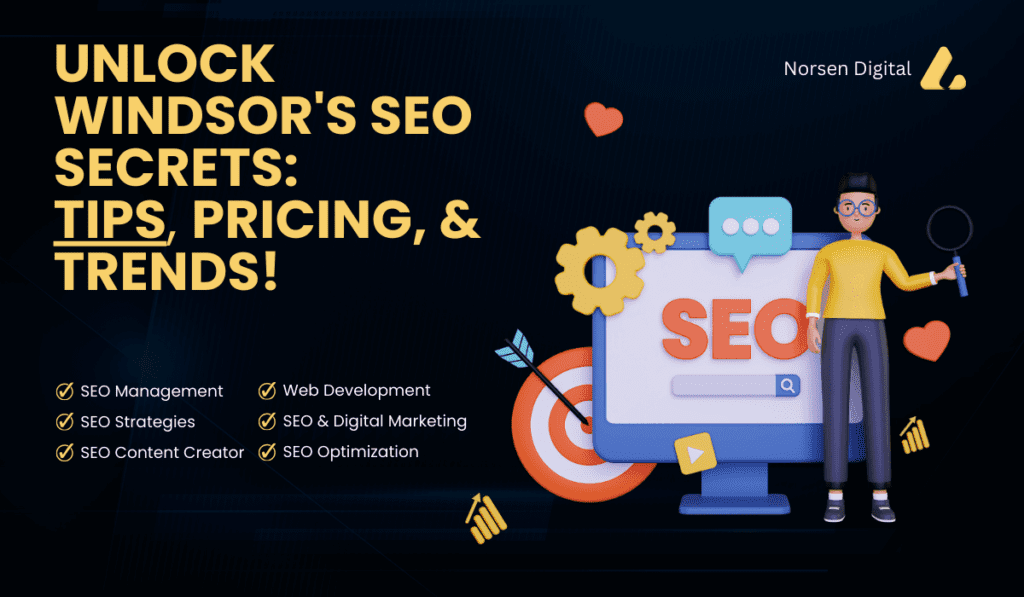When starting an e-commerce store, whether you’re selling physical products or digital services, one of the most important things you need to focus on is Search Engine Optimization (SEO). SEO helps your e-commerce site appear on search engine result pages (SERPs), driving organic traffic, increasing visibility, and ultimately boosting sales.
In this guide, we’ll cover everything a beginner needs to know to get started with ecommerce SEO, from understanding the basics to implementing advanced strategies.
1. What is E-commerce SEO?
E-commerce SEO is the practice of optimizing an online store to rank higher in search engine results, making it easier for customers to find your products. It involves optimizing various elements of your website, including product pages, site structure, content, and user experience, to ensure search engines like Google can crawl and index your site effectively.
2. Why is E-commerce SEO Important?
SEO is one of the most cost-effective ways to drive targeted traffic to your website. Here are some key reasons why e-commerce SEO is crucial:
- Increased Visibility: A well-optimized site ranks higher, making it easier for potential customers to find your products.
- Higher ROI: Compared to paid advertising, organic search traffic through SEO delivers a higher return on investment.
- Credibility and Trust: Appearing on the first page of search results builds trust with users.
- Long-Term Results: Unlike paid ads, SEO provides long-lasting results.
3. Key E-commerce SEO Elements
To build an e-commerce site that ranks well, you need to focus on several essential SEO elements:
A. Keyword Research
Effective keyword research is the foundation of any successful SEO strategy. For e-commerce sites, you’ll want to identify keywords related to your products, category pages, and any other relevant topics. Here’s how to approach keyword research:
- Identify Your Target Audience: Think about the terms your ideal customers are searching for.
- Use Tools: Tools like Google Keyword Planner, Ahrefs, or SEMrush can help you find relevant keywords with good search volume and low competition.
- Focus on Long-Tail Keywords: Long-tail keywords (more specific phrases) are often less competitive and highly targeted.
B. On-Page SEO
On-page SEO refers to optimizing the elements on your website to make it easier for search engines to crawl and index. Here’s what you need to focus on:
- Title Tags: Your title tag should include the main keyword and be no longer than 60 characters.
- Meta Descriptions: Write compelling meta descriptions (150–160 characters) that encourage users to click.
- Headings (H1, H2, etc.): Use relevant keywords in your headings, but avoid keyword stuffing.
- Product Descriptions: Write unique, descriptive, and keyword-rich product descriptions to avoid duplicate content issues.
- Alt Text for Images: Search engines can’t “see” images, so use descriptive alt text for every image on your site.
C. Technical SEO
Technical SEO involves optimizing your website’s backend to ensure it’s easily crawled by search engines. Key technical elements include:
- Mobile-Friendliness: With the majority of online shopping done on mobile, ensure your site is fully responsive.
- Site Speed: Slow-loading pages leads to high bounce rates. Use tools like Google PageSpeed Insights to analyze and improve load times.
- XML Sitemap: Create an XML sitemap to help search engines understand your site structure and index your pages properly.
- HTTPS: Ensure your site is secure with an SSL certificate (HTTPS), as it’s a ranking factor.
D. URL Structure
Having clean, descriptive URLs is important for both search engines and users. For example, instead of a URL like www.yoursite.com/product123, use a URL like www.yoursite.com/blue-t-shirt. This makes it easier for search engines to understand the content of the page.
E. User Experience (UX)
User experience plays a huge role in e-commerce SEO. A good user experience ensures visitors stay on your site longer and convert into customers. Here’s how to improve UX:
- Easy Navigation: Make it simple for customers to find what they’re looking for with intuitive menus.
- Fast Checkout Process: A complicated checkout can lead to abandoned carts, so keep it simple.
- Clear Call-to-Actions (CTAs): Guide users to take the next step with visible and action-oriented buttons.
4. Link Building for E-commerce SEO
Backlinks (links from other sites to yours) are an important ranking factor for SEO. Building a strong link profile can significantly boost your rankings. Here’s how to build links for your e-commerce site:
- Guest Blogging: Write guest posts on relevant blogs in your niche and include a link to your site.
- Product Reviews: Reach out to influencers or bloggers in your niche and offer them your products in exchange for a review with a link back to your site.
- Press Releases: Announce product launches or other news through press releases and links to your e-commerce site.
5. Local SEO for E-commerce
If you have a physical store or local presence, local SEO can help you rank in searches related to your geographic area. Here’s how to optimize for local SEO:
- Google My Business: Set up and optimize your Google My Business profile to appear in local search results.
- Local Listings: Ensure your business is listed on local directories like Yelp, Yellow Pages, and others.
- Location-Specific Keywords: Use keywords related to your location in product descriptions and meta tags.
6. Monitor and Track Your E-commerce SEO Efforts
After implementing your SEO strategy, it’s important to monitor and track your progress. Use tools like Google Analytics and Google Search Console to analyze:
- Organic Traffic: Track the volume of traffic coming from search engines.
- Bounce Rate: A high bounce rate may indicate problems with your site’s usability or relevance.
- Keyword Rankings: Monitor your rankings for the keywords you’re targeting.
Conclusion
E-commerce SEO is a crucial strategy for any online store looking to succeed. By focusing on keyword research, on-page and technical SEO, user experience, link building, and local SEO, you can improve your chances of ranking higher in search results and attracting more customers.
SEO is a long-term strategy, but with consistency and the right approach, you’ll see significant improvements in your e-commerce site’s visibility and sales. If you need help with optimizing your e-commerce site? Contact us today to get a personalized SEO strategy that can drive traffic and sales to your online store!

